Viburnum opulus L. is a small tree or shrub of the twiggy Elder family. The tree reaches a height of between 4-12 ft (1.5-4 m). Branches of of Viburnum are two types - vegetative and floral, with tan naked buds.
The bark of old stems and branches cracks, and young stems are grey-brown, smooth and with a reddish tinge. Leaves of Viburnum develop bare stalks. The leaves are large, opposing, green with a bare top and the bottom is bluish-green, covered with lint. The leaves reach a length of 4" (10 cm).
Colors of Viburnum are collected in multiple top clusters. The outer flowers are larger and sterile and the inner colors are whirling and hermaphrodites. The cup has five petal splits, with numerous outreaches.
Fruit of viburnum are oval and with pips, shiny, bright red, juicy, with a strong bitter taste. As big as a large pea. Usually, they have three seeds. Ripen in September and October, and remain long after defoliation. Viburnum blooms in May-June
Viburnum is found in rocky places near the shady, moist deciduous forests and shrubs in the temperate zone of the Northern Hemisphere, South America, southeast Asia. Grow at up to 7299 ft (2400 m) altitude.
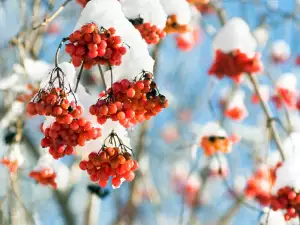
Growing viburnum
The beauty of viburnum can be observed in all seasons. In spring the tree has thin, narrow and pale green leaves. In summer it is covered with white blossoms and in autumn, the leaves are dyed in warm brown and bright red color and its fruits - in coral red.
Viburnum is not capricious plant. Can grow in any soil, even on clay and sandy north facing ground. Withstands both excessive shade and moisture or drought. Viburnum does not require any special care to grow normally.
Composition of Viburnum
Viburnum bark contains glycosides viburin, fitosterines, organic acids, traces of essential oil, vitamin C and vitamin E. Fruit of Viburnum contains sugar, vitamins C and PP, tannins, pectin substances, resin, valeric acid, fruit acids and others.
Collection and storage of viburnum
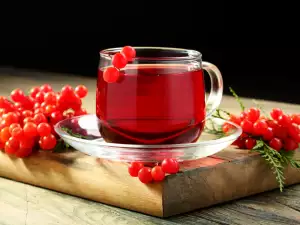
The usable portion of Viburnum is its skin. Dried in the shade, the permissible moisture content of the dried Viburnum is about 14%.
The dried skin has brownish-grey or green-grey colour with small red spots. They have a slight odour and a bitter astringent taste. The shelf life of the whole peel is 3 years, and chopped - 2 years.
Fruits of Viburnum are harvested at their full maturity. Overripe fruits become sweet and the bitterness decreases. Collected fruits are dried in a shady, well-ventilated place, and their branches are tied together in bunces.
Benefits of viburnum
The skin of Viburnum has very good coagulation and vasoconstrictor activity and lowers blood pressure. Fruit of Viburnum has a diuretic effect and strengthens cardiac function. Skins are applied to painful menstruation, deficiency, or uterine bleeding. The combination of viburnum skin, Celandine and leaves of mint is recommended for inflammation of the gallbladder and bile ducts.

In folk medicine, the skin is used as a good antipyretic agent, for haemorrhoids, diarrhoea, nose bleeds, gastrointestinal inflammation, diseases of the liver and gall bladder, and various cold conditions.
The fruit is used as a laxative and diaphoretic agent, and for gastric ulcers. Fruits, boiled with honey, are given in dyspnea, coughs and colds. The colour of Viburnum facilitates digestion. The leaves are used in uterine bleeding and viral diseases.
1 tablespoon bark of Viburnum is placed in 2 cups of water. Boil for 10 minutes, then drink 2/5 cup (100 ml), 4 times a day before meals.
The skin is used for external application for washing wounds, gargle for sore throat, or imposing on burned areas.
Dangers of viburnum
Fruits of Viburnum should not be eaten with gout and kidney disease. Viburnum should not be used in people who are allergic to aspirin. Take viburnum only on prescription and under medical supervision.
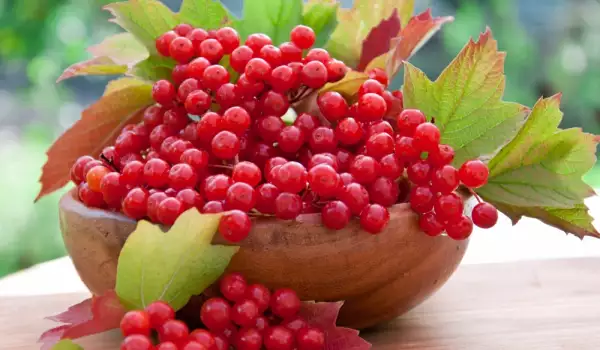
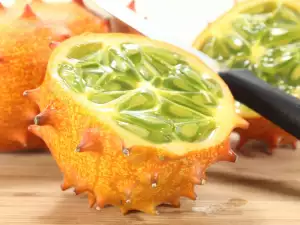
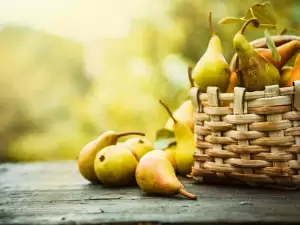
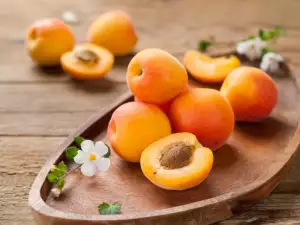
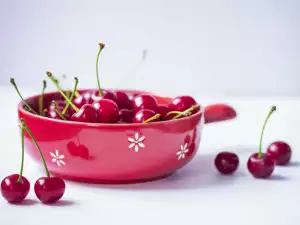
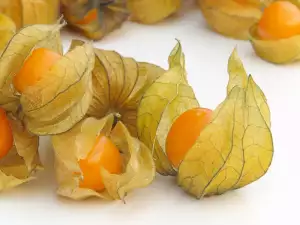
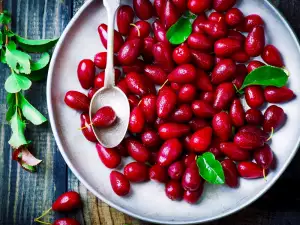

Comments